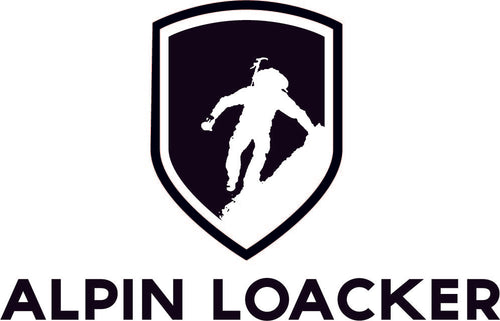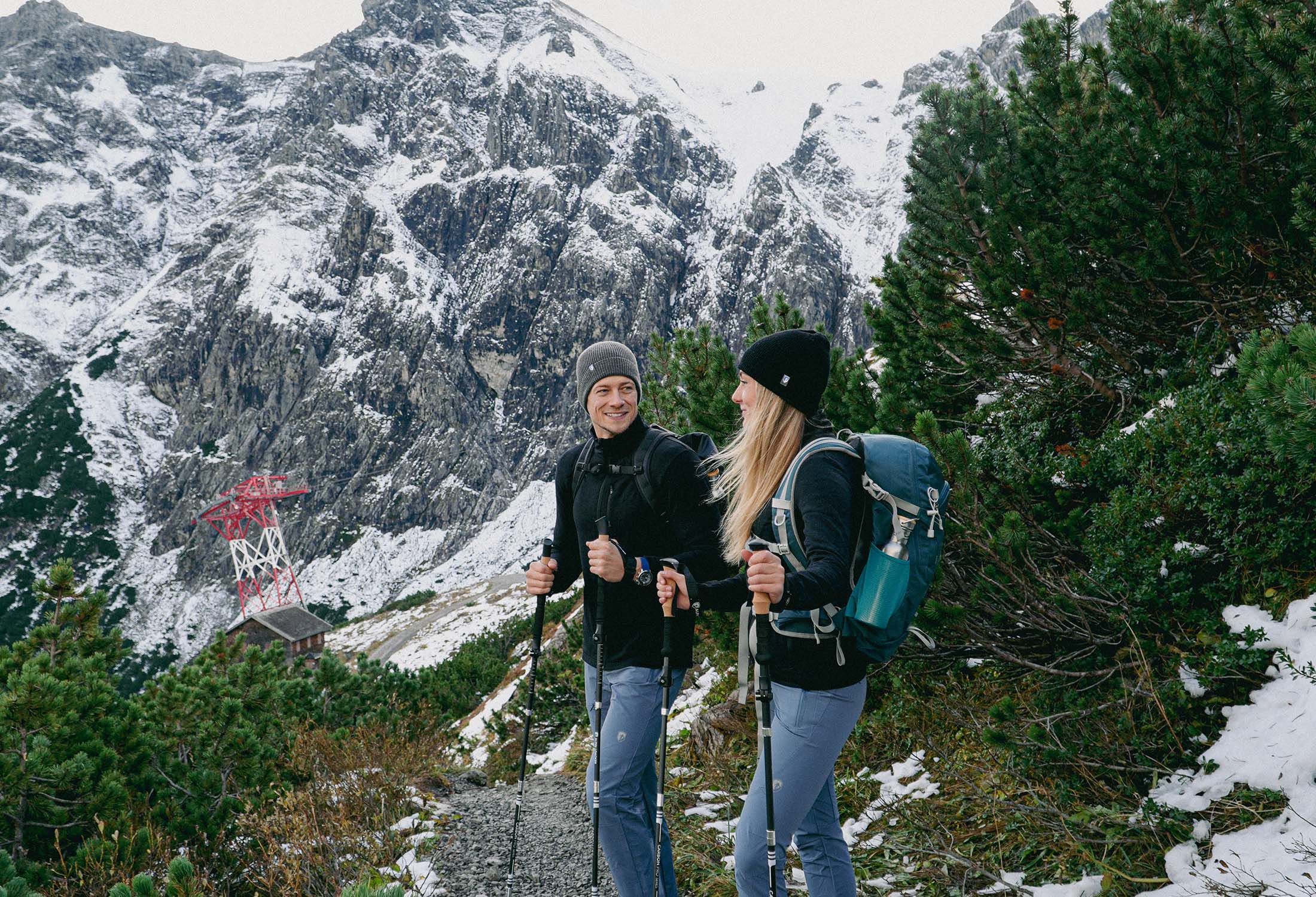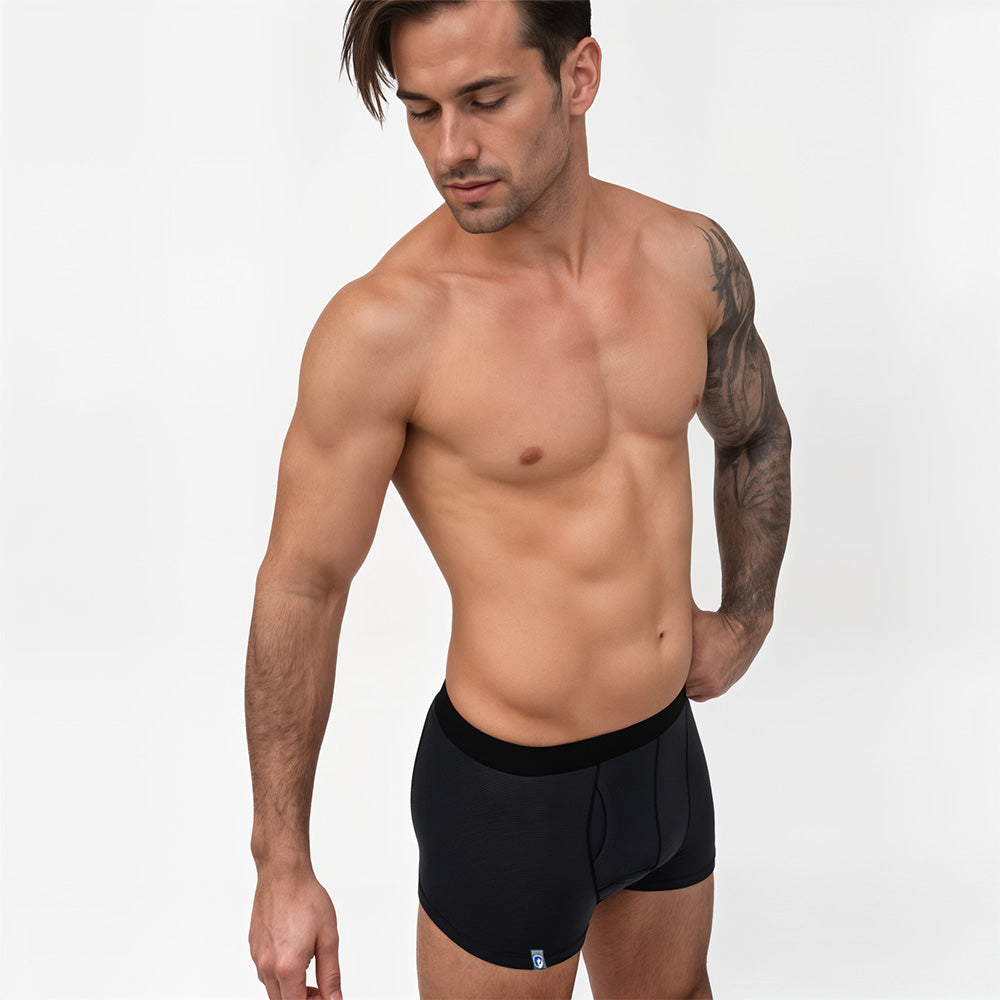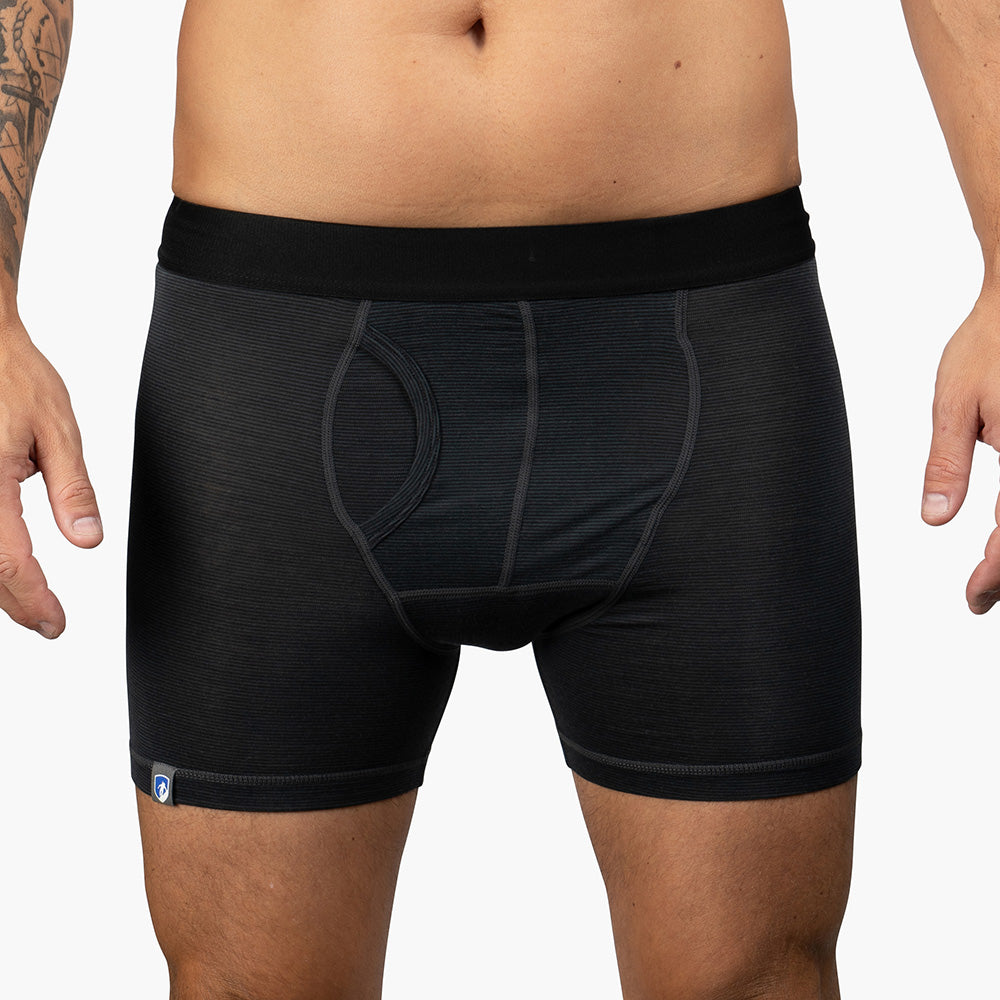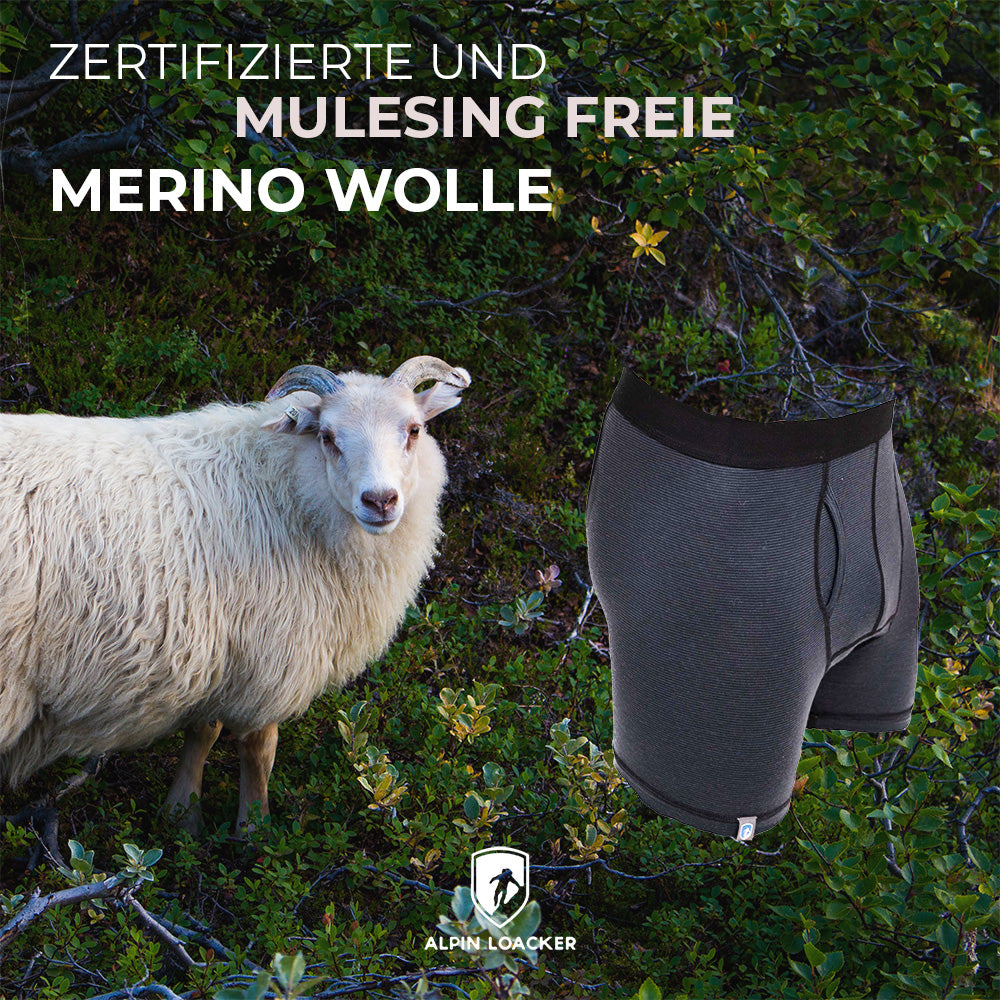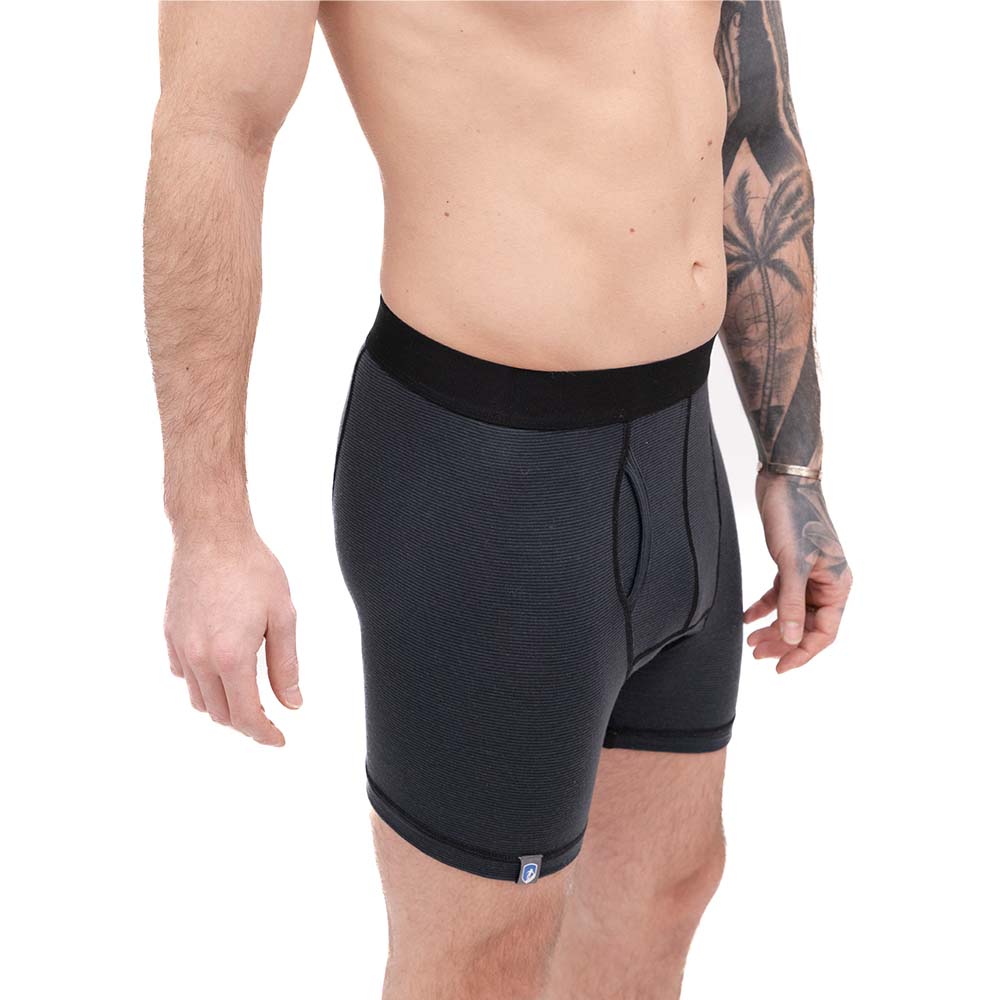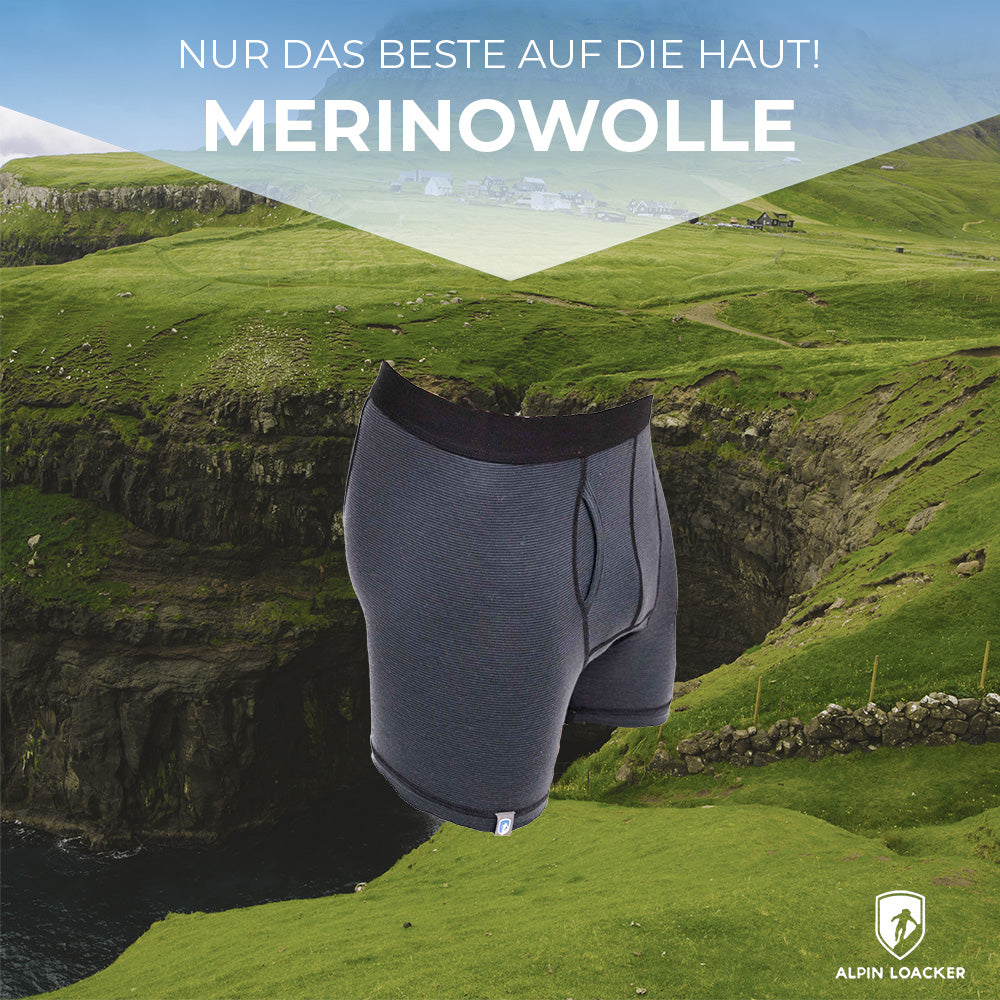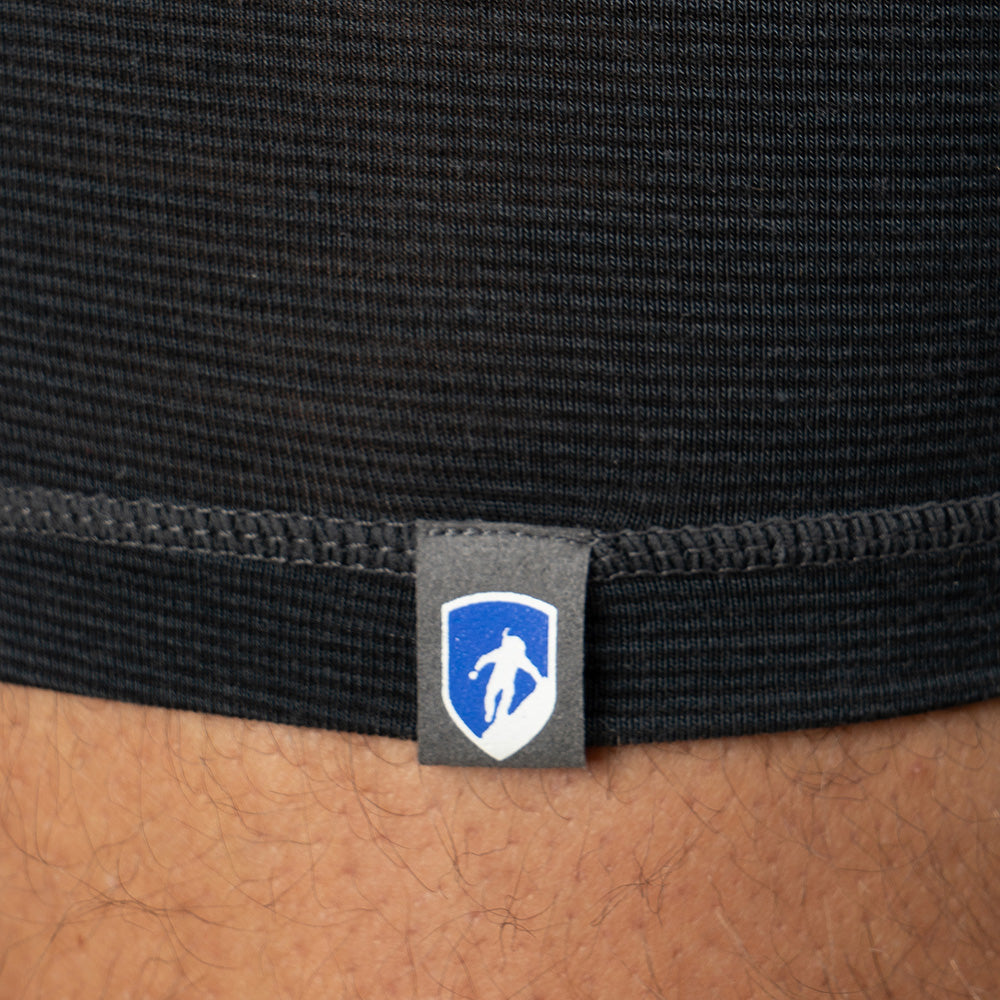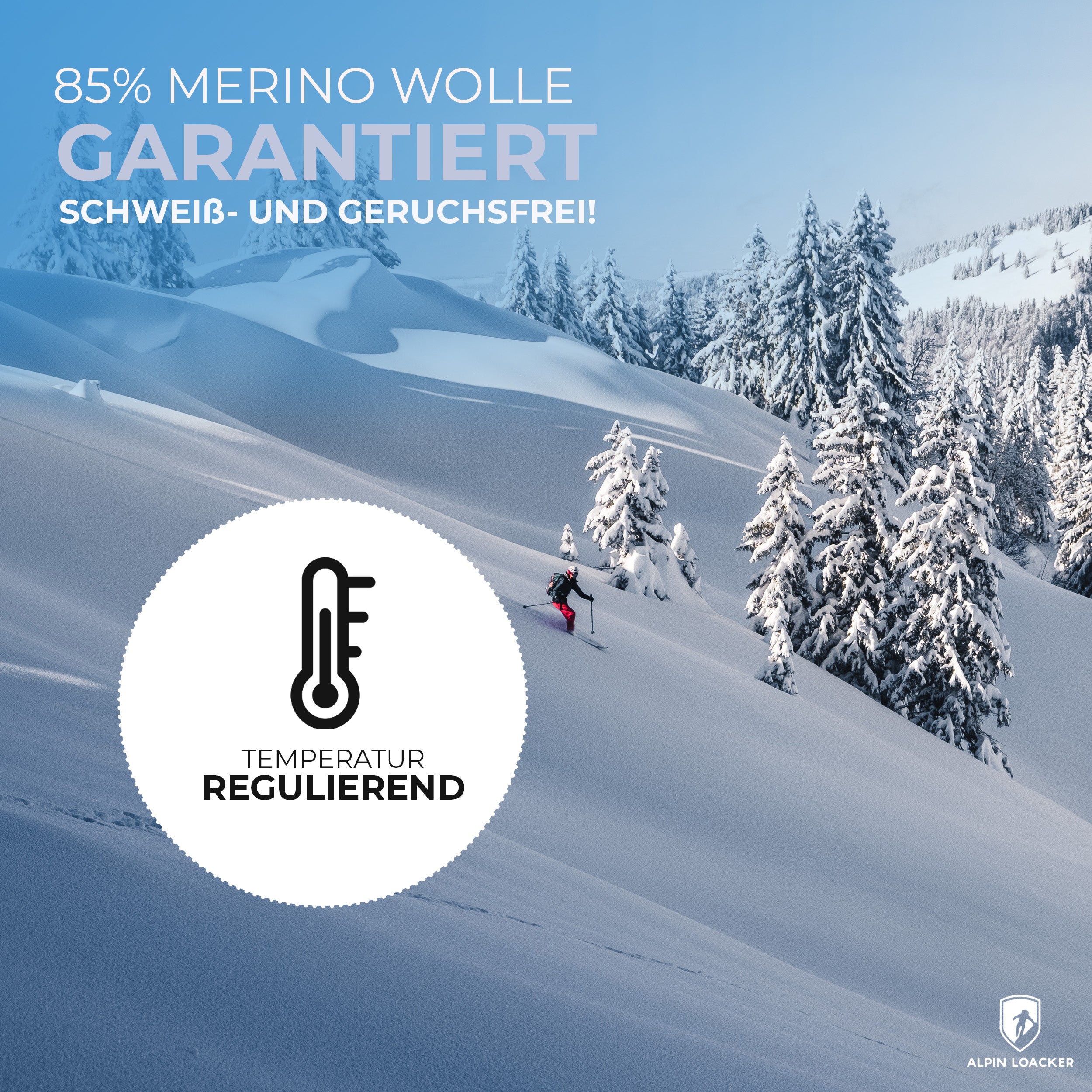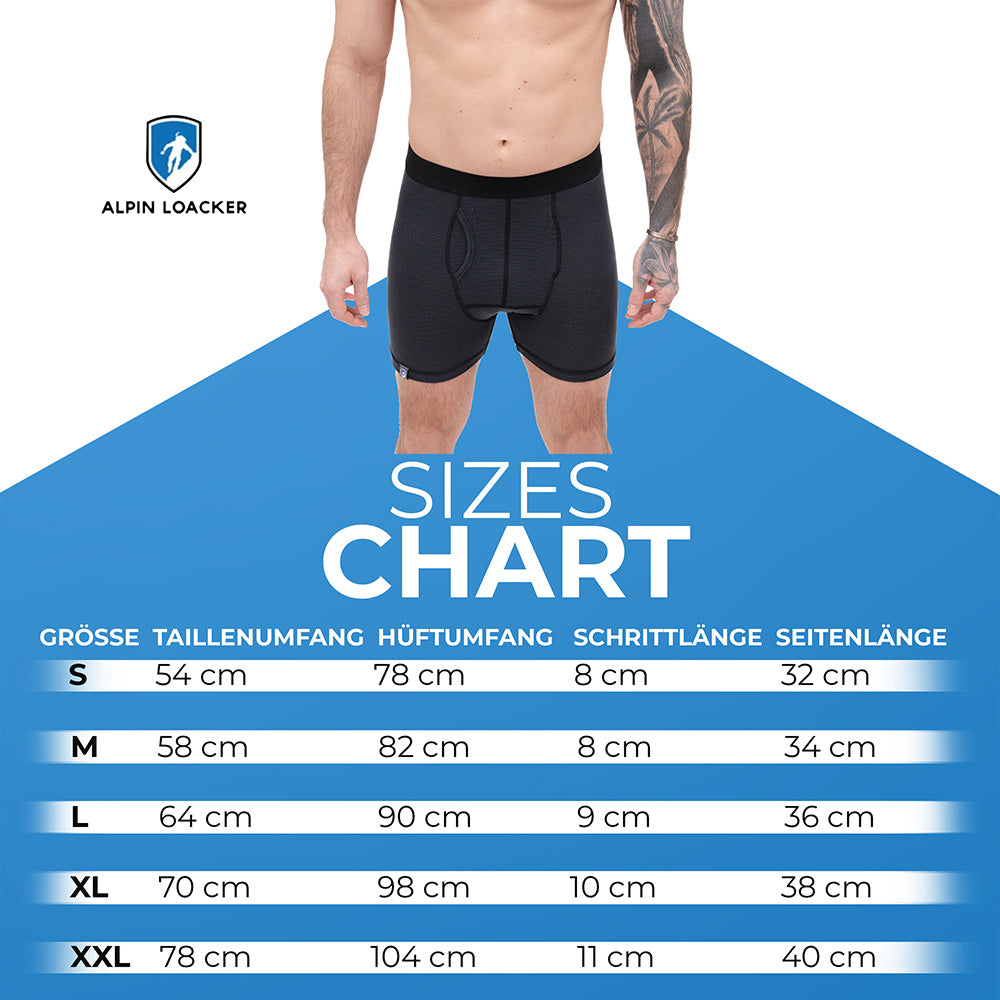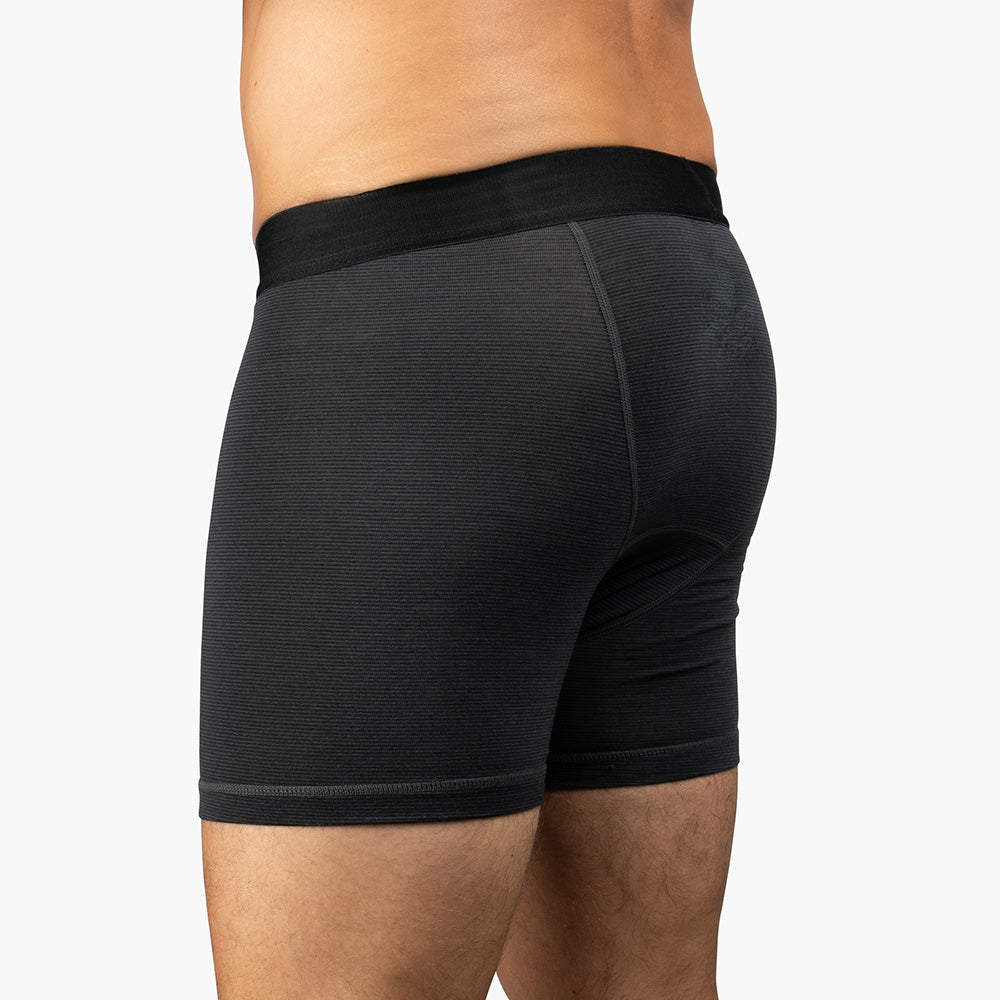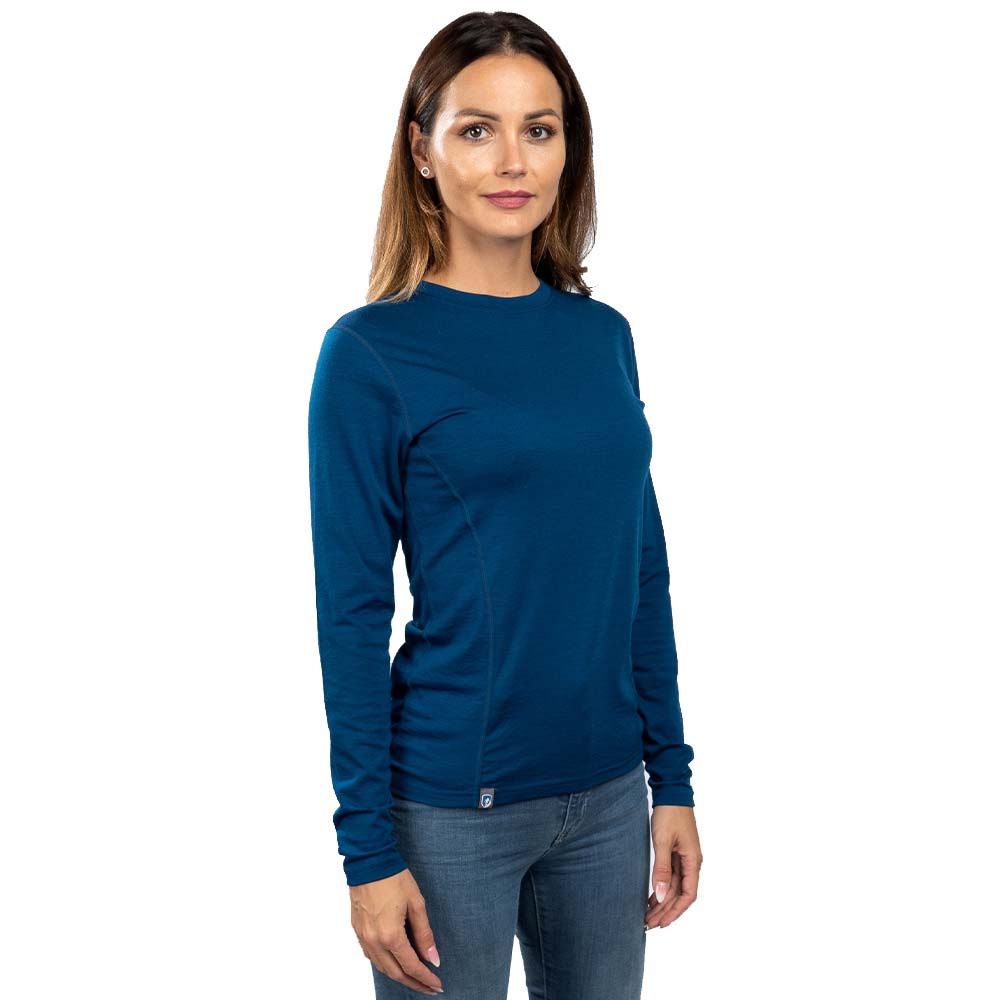Merinowolle, die super Faser der Natur und Ihre Schattenseite: Mulesing. Warum Alpin Loacker sich bewusst für mulesing freie Merinowolle entschieden hat, erfährst du in diesem Blog Beitrag.
Mulesing ist eine schmerzhafte Methode um Madenbefall am Gesäß der Merinoschafe zu verringern. Grund ist die Erhöhung von Profit: Merino Schafe werden gezüchtet, um mehr Wolle zu produzieren, deswegen haben die Tiere eine besonders faltige Haut, die noch mehr Fellprodukton zulässt. Durch die Hautfalten schwitzen die Schafe vermehrt, was dazu führt, dass sich Feuchtigkeit ansammelt – ideal für Fliegen, um dort ihre Eier zu legen. Fliegenmadenbefall ist eine Krankheit, bei der die Merinoschafe regelrecht bei lebendigem Leib von Maden gegessen werden. Dem wollen die Landwirte vorbeugen, indem sie große Flächen der Haut dort abschneiden, sodass sich eine glatte Haut bildet, in der sich die Fliegen erst gar nicht einnisten können. Dies ist sehr schmerzhaft und qualvoll für die Tiere.

Gibt es Mulesing freie Merinowolle Bekleidung und wenn ja - worauf muss ich achten?
Wenn du Merino Bekleidung kaufst, sollte man darauf achten, dass die Wolle aus Ländern stammt, die nachweislich kein Mulesing betreiben. In Neuseeland zum Beispiel ist Mulesing seit 2018 offiziell verboten. Ebenso sollte man die Firmen kontaktieren, wo denn genau die Merinowolle herkommt. Oft sind Preis und Qualitätssiegel ein guter Anhaltspunkt, denn auffallend günstige Merino Produkte sollten äußerst skeptisch betrachtet werden.

Ist ALPIN LOACKER Merinowolle Bekleidung Mulesing frei?
Bei unserer grossen Auswahl and Merino Bekleidung Herren, wie Damen ist es uns wichtig unseren Teil für faire und tierfreundliche Wolle beizutragen. Egal ob Merino Shirt, Wandersocken, Merino Unterwäsche oder Merino Jacke. Unsere Wolle stammt von Landwirt*innen aus Australien und Neuseeland, teilweise auch Argentinien und Südafrika, welche über einen renommierten deutschen Lieferanten importiert wird: Südwolle Group. Ein Lieferant, der den ZQ-Standarts unterliegt. Dieses Siegel hat es sich zum Ziel gesetzt, den Käufer dafür zu sensibilisieren und die eigenen Werte in ihre Kaufentscheidungen einfließen zu lassen. Das ZQ-Siegel stellt sicher, dass die Merinowolle den fünf Werten entspricht: Tierschutz, Nachhaltigkeit, Verantwortung und nachweisbare Quellen.
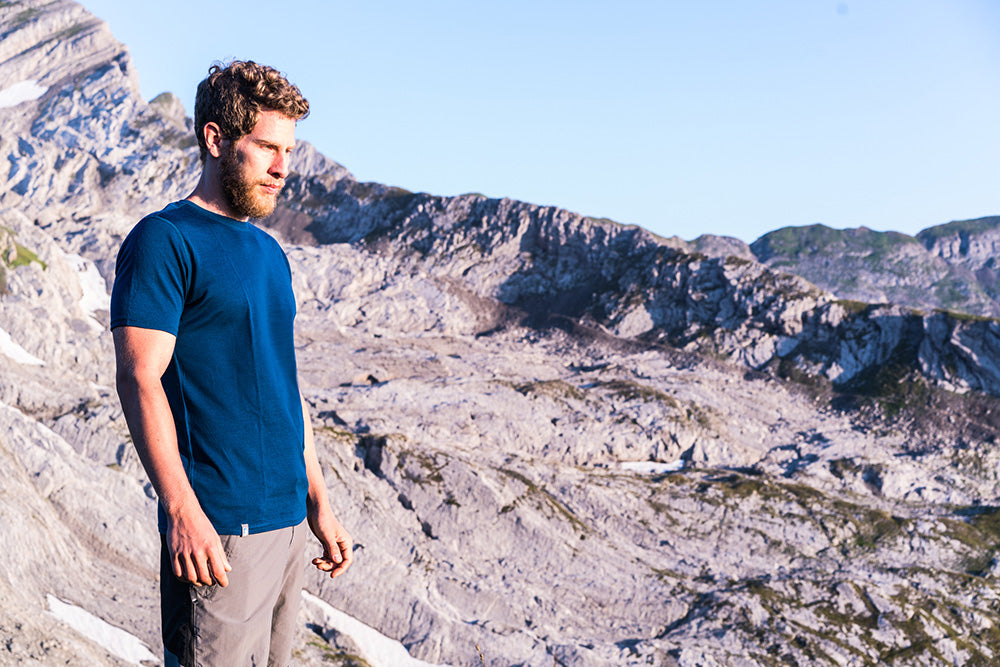
Was kann ich aktiv gegen Mulesing tun?
Für viele Bergfreunde ist Nachhaltigkeit und das achten auf unsere Umwelt wichtig. Die Kaufentscheidung trägt einen grossen Teil dazu bei. Wer jedoch noch aktiver werden möchte, kann sich bei PETA informieren und zum Beispiel an deren Online Petition teilnehmen. Mehr über Merinowolle und ihre Eigenschaften findest du ebenfalls in unserem ALPIN LOACKER Outdoor Ratgeber.
